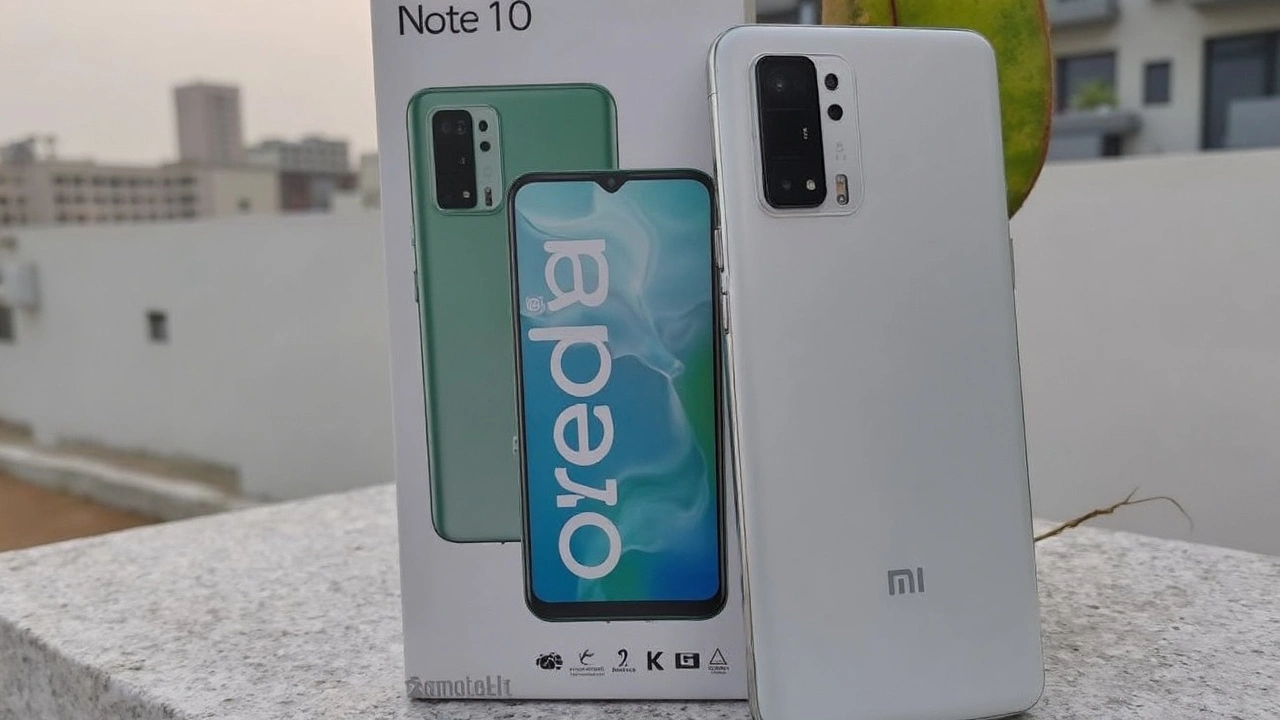Specs Made Simple: Your Quick Guide to Understanding Tech Specs
Ever stare at a laptop listing and wonder what "8 GB RAM" or "Intel i5" actually means? You’re not alone. Most people just want to know if a device will run the apps they love without getting lost in jargon. This guide cuts the clutter and shows you the basics you need to make a smart purchase or upgrade.
What are specs and why they matter
Specs are short for specifications. They are the numbers and labels manufacturers use to describe a computer’s parts. Think of them as the ingredients list on a food package – they tell you what’s inside and how strong it is. When you compare two phones, two laptops, or two graphics cards, the specs are the fastest way to see which one can handle the tasks you care about.
If you play games, a strong GPU (graphics processing unit) and enough RAM are key. If you mainly browse the web and write documents, a modest CPU and a solid‑state drive (SSD) will feel snappy. Knowing the role of each spec helps you avoid paying extra for power you’ll never use.
How to read common specs
CPU (Processor): This is the brain of the computer. Numbers like "i3", "i5", "i7" or "Ryzen 5" are series names. Higher numbers usually mean faster performance, but the generation matters too. An "i5‑1240P" from 2022 will beat an "i5‑7200U" from 2016, even though both are i5.
RAM (Memory): Measured in gigabytes (GB). More RAM lets you keep more apps open at once without slowing down. For everyday use, 8 GB is a comfortable baseline. Power users, video editors, and gamers often look for 16 GB or more.
Storage: Two main types – HDD (hard‑disk drive) and SSD (solid‑state drive). SSDs are much faster; they load programs and files in seconds instead of minutes. Capacity is listed in GB or TB. A 256 GB SSD is fine for a light user, while a 1 TB SSD+HDD combo suits heavy media collectors.
GPU (Graphics Card): Important for gaming, video editing, and 3D work. Integrated graphics (built into the CPU) handle basic tasks. Dedicated GPUs have names like "NVIDIA GTX 1660" or "AMD Radeon RX 6600" and deliver smoother frame rates in games.
Display: Look at screen size (inches), resolution (1080p, 1440p, 4K), and refresh rate (60 Hz, 144 Hz). Higher resolution means sharper images, while a higher refresh rate makes motion look smoother, which gamers love.
When you read a spec sheet, focus on the three parts that matter most for your use: processing power (CPU), multitasking ability (RAM), and speed of data access (SSD). The rest are nice‑to‑have upgrades that can boost performance in specific scenarios.
Now that you know the basics, you can compare devices like a pro. Spot a laptop with an i7 CPU, 16 GB RAM, and a 512 GB SSD? That’s a solid all‑rounder for work and play. See a phone advertising "128 GB storage" but only "3 GB RAM"? It will feel sluggish with many apps open.
Remember, the highest numbers don’t always mean the best fit. Match the specs to what you actually do, and you’ll avoid wasteful spending. With this quick guide, you’re ready to read any spec sheet and make an informed choice without the tech overload.
Redmi Note 10 Review: Is This the Best Budget AMOLED Phone for You?
Redmi Note 10 packs a 6.43-inch AMOLED screen, Snapdragon 678 processor, 48MP quad-camera, 5000mAh battery, and 33W fast charging. With glass back, water resistance, and a price starting at ₹10,599, it's one of the most attractive budget smartphones—especially for anyone wanting an AMOLED display. Competing options include the Note 10S, Realme 8, and Samsung M12.





